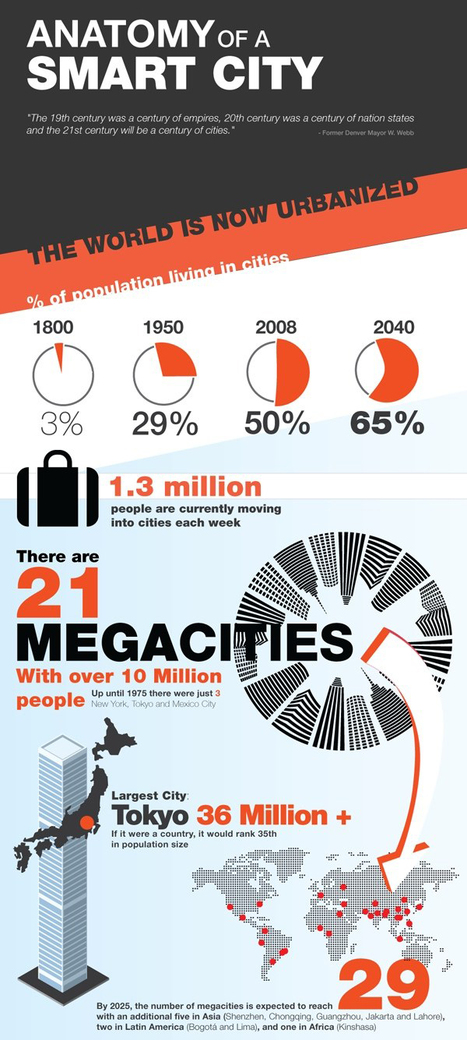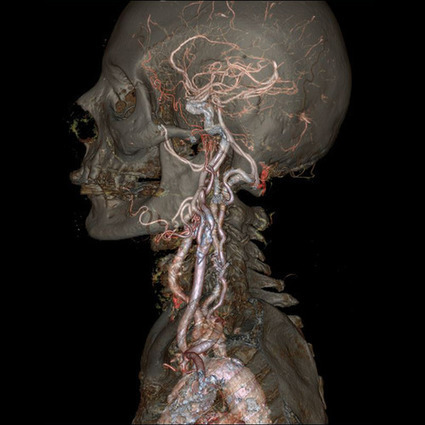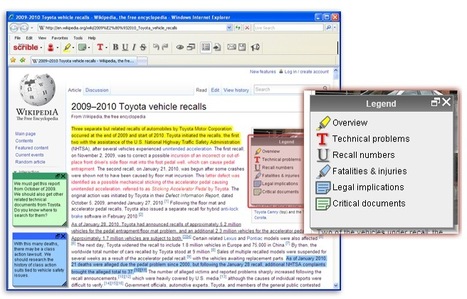Via Catherine Smyth
Get Started for FREE
Sign up with Facebook Sign up with X
I don't have a Facebook or a X account
 Your new post is loading... Your new post is loading...
 Your new post is loading... Your new post is loading...

luiy's curator insight,
December 18, 2014 4:31 AM
We have been grateful to the wide array of planners, architects, techies, entrepreneurs and students of the built environment who have joined us on this journey. And the ‘Smart City‘ has featured again and again, whether it be a futurologist’s insights into the bionic, nature-centric adaptable cities of the future, or an economist’s keen ideas on instilling happiness in the built environment. 
Eli Levine's curator insight,
December 18, 2014 10:45 AM
There is an evolution taking place where politics, policy, technology, the environment, and the economy all intersect. This movement towards technical, empirically driven local policy making could be our saving grace.This could be the future of government. |

Gust MEES's curator insight,
January 15, 2015 6:35 AM
General Electric's new high-resolution CT scanner gives us a close-up look at our insides.

Monica S Mcfeeters's curator insight,
July 23, 2013 7:03 AM
I've always been wanting archive pages from the web to go back to again. Here is a way to help you do that. 
SLRE's curator insight,
August 2, 2013 6:45 AM
Handig app om dingen die je op het web tegenkomt van aantekeningen te voorzien en te bewaren. 
wanderingsalsero's curator insight,
October 20, 2013 7:54 PM
I haven't read this article but I'm seriously interested in the question implied in the title.....i.e. how to 'mark up' information and get them on the web. In many cases, I think that's adequate for most people's purpose.
I have yet to find a tool that I found really comfortable for doing that. Maybe this is it. |















Planning historical inquiry in the primary classroom
To help young children develop an understanding of the past, teachers can design a historical inquiry around topics that are relevant to their students (e.g. school, family, toys)
Teaching ideas:
For further reading:
Cooper, H.(2002). History in the early years.
Husbands, C. (1996). What is history teaching?